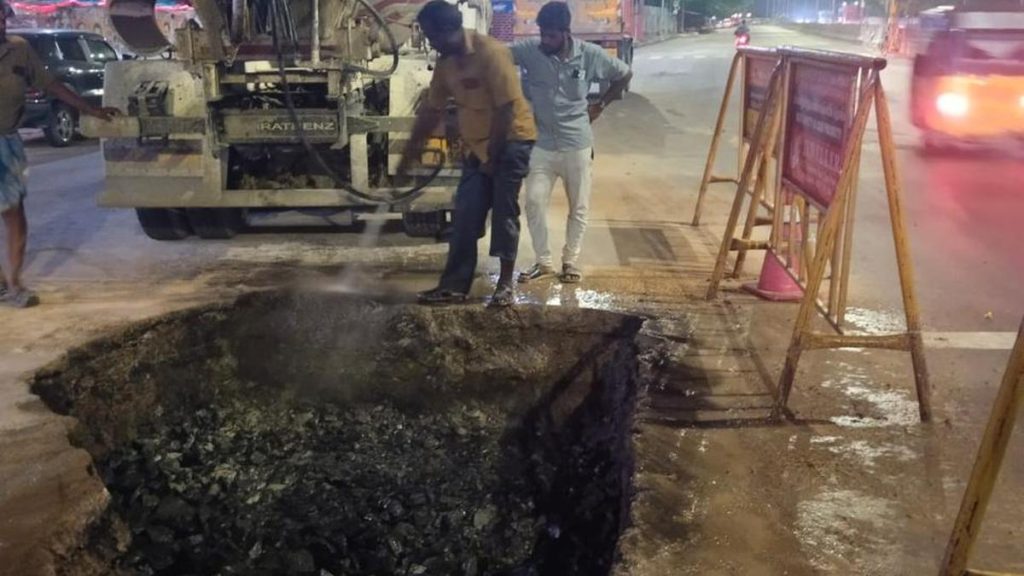Now Reading: Wayanad Landslide Survivors Reflect on Resilience, One Year On
-
01
Wayanad Landslide Survivors Reflect on Resilience, One Year On
Wayanad Landslide Survivors Reflect on Resilience, One Year On
Swift Summary
- Date and Disaster: Wayanad landslides of July 30, 2024 caused catastrophic destruction in mundakkai and Chooralmala villages.
- Human Impact: Official figures report 298 fatalities with 32 missing; survivors estimate over 400 due to unidentified body parts.Nearly 482 buildings destroyed,crop damage across 29+ hectares.
- Survivors’ Experiences: Survivors recount heart-wrenching losses. Abdul Salam lost 29 family members; KR Unnikrishnan mourns losing his wife and relatives; noufal Kalathingal opened a café named after the tragic day as homage to his wife’s dream.
- Grieving Families: Graves include numbered tombstones for unidentified victims, highlighting difficulties in disaster identification.
- Government Actions: Declared large areas of land unsafe for habitation (107.5 hectares). ₹108+ crore spent on relief efforts like rental assistance, housing aid (410 houses planned), compensation funds, and livelihood support schemes.
- Relief Challenges: Survivors criticize uneven distribution of private/government aid and inflexible policies.Suspicion surrounds utilization of ₹776 crore donated to the Chief Minister’s Disaster Relief Fund for Wayanad tragedy.
- Environmental issues & Recovery Efforts: Prohibition in disaster zones due to hidden dangers; punnapuzha river clearing part of ₹195 crore rejuvenation project.
Indian Opinion Analysis
The wayanad disaster serves as a stark reminder of the vulnerability faced by communities amidst environmental calamities exacerbated by climate change or eco-degradation. While survivors demonstrate profound resilience, varied complexities arise-uneven distribution of aid underscores critical gaps in coordination between private groups and government bodies during emergencies.
Additionally, identifying safe zones post-disaster underlines precautionary governance but raises concerns about timely rehabilitation. The model township exemplifies systemic recovery plans yet visibility into fund allocations remains crucial-mismanagement risks eroding public trust.
At its core lies the narrative’s human resilience against overwhelming tragedy-a testament demanding larger focus on preparedness-oriented infrastructure tailored towards safeguarding lives while balancing ecological preservation alongside disaster mitigation strategies.
Read more: https://www.thehindu.com/news/national/kerala
























